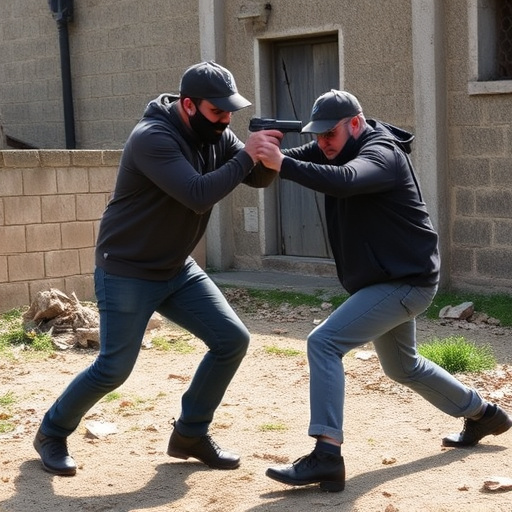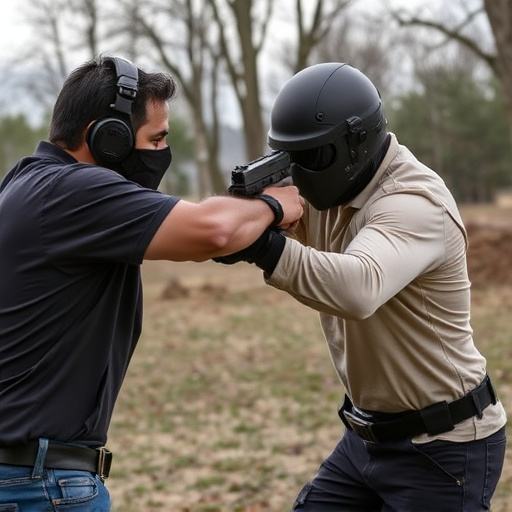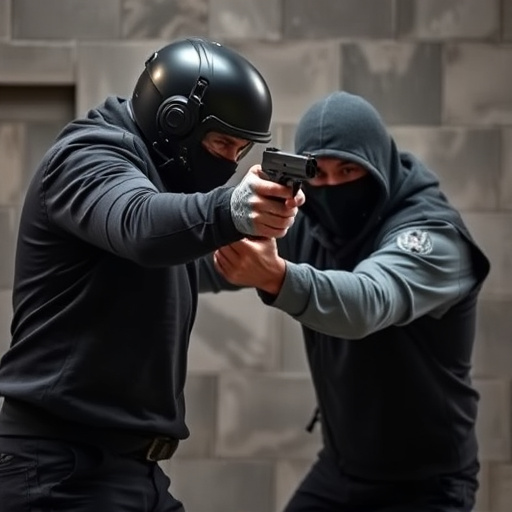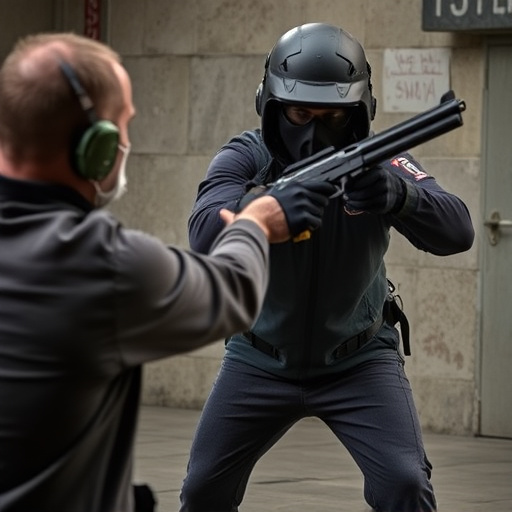Law enforcement faces a growing challenge in detecting concealed high-voltage stun gun brands, which are now widely available and often disguised as everyday items. Traditional metal detectors prove ineffective against non-metallic designs, leading to the need for advanced imaging techniques and specialized scanners. Staying up-to-date with these evolving threats is crucial for public safety agencies to implement effective security measures against sophisticated stun guns delivering powerful jolts.
In today’s world, concealed stun gun detection is a growing concern. With an increasing prevalence of stun guns on the black market, advanced security measures are more crucial than ever. Current detection methods, while not insignificant, have limitations, highlighting the need for innovative technologies to keep pace with this rising threat. This article delves into the world of high-voltage stun gun brands, explores their features, and discusses strategies to address detection concerns, focusing on personal safety in public spaces. Key topics include the latest brand rankings and legal considerations pushing for stricter regulations.
- The Rising Threat of Concealed Stun Gun Detection
- – Exploring the need for advanced security measures
- – Current detection methods and their limitations
The Rising Threat of Concealed Stun Gun Detection

In today’s world, where security concerns are on the rise, the detection of concealed stun guns has become a critical issue for law enforcement and public safety agencies. The increasing availability of high-voltage stun gun brands, many of which are designed to be discreet and easily hidden, poses a unique challenge. These devices, often appearing as everyday items like flashlights or personal care products, can deliver powerful jolts capable of incapacitating an assailant, making them a popular choice for self-defense. However, their growing popularity also means that sophisticated detection methods are needed to keep pace with this evolving threat.
The rising threat of concealed stun gun detection requires advanced technologies and strategies. Traditional metal detectors may not always be effective against non-metallic models, prompting the development of more sensitive and versatile tools. Some cutting-edge solutions involve specialized scanners and imaging techniques that can identify unusual shapes and materials, potentially revealing hidden stun guns. As law enforcement continues to adapt to this new reality, staying informed about the latest high-voltage stun gun brands and their detection methods is crucial for ensuring public safety.
– Exploring the need for advanced security measures

In today’s world, where security concerns are on the rise, there is a growing need for advanced detection methods to counter increasingly sophisticated threats. One such concern lies in the concealed use of stun guns, which have become more accessible and powerful with the advent of high-voltage stun gun brands. These devices, often disguised as everyday items, pose a significant challenge to law enforcement and security personnel due to their ability to incapacitate individuals without leaving visible evidence.
The need for enhanced security measures is evident when considering the potential risks associated with stun guns. High-voltage stun gun brands, known for their potency, can deliver powerful jolts capable of immobilizing targets for brief periods. However, their concealed nature makes it difficult to detect and deter their use. As a result, security experts are exploring advanced technologies and training programs to keep pace with these evolving threats, ensuring public safety in an increasingly complex environment.
– Current detection methods and their limitations

Current detection methods, such as metal detectors and advanced imaging technologies, are employed to identify concealed weapons, including stun guns. However, these tools have significant limitations when it comes to pinpointing high voltage stun gun brands. Metal detectors often fail to differentiate between common metallic objects and stun devices, leading to false alarms or missed detections. Advanced imaging techniques, while more precise, can be expensive and not readily available for routine security checks.
The design and material composition of modern stun guns pose unique challenges. Many high-voltage stun gun brands use non-metallic components and innovative shapes that are harder to detect. This stealthy approach makes them attractive to users seeking concealment, but it also renders traditional detection methods less effective. As technology advances, so too do the tactics employed by both security professionals and individuals aiming to evade detection, creating a dynamic balance between weapon design and detection capabilities.
As we’ve explored, the rising popularity of concealed stun guns has underscored the urgent need for advanced detection methods. While current techniques have played a role, their limitations are clear, particularly in terms of reliability and speed. To stay ahead of this evolving threat, security professionals must invest in cutting-edge technology that can accurately identify high voltage stun gun brands hidden on individuals. By staying proactive, we can ensure safer public spaces and empower those who protect us to neutralize potential dangers swiftly and effectively.
